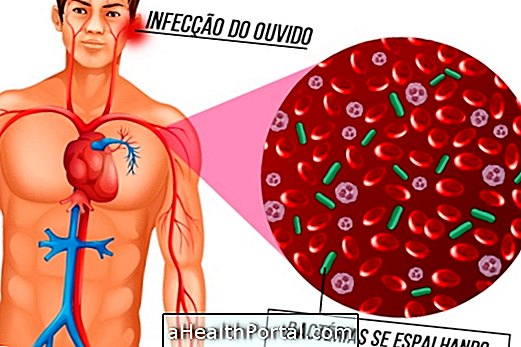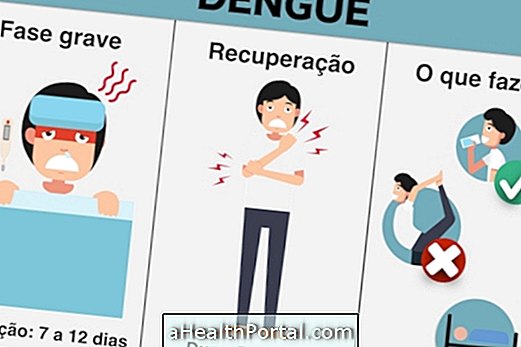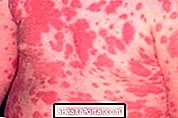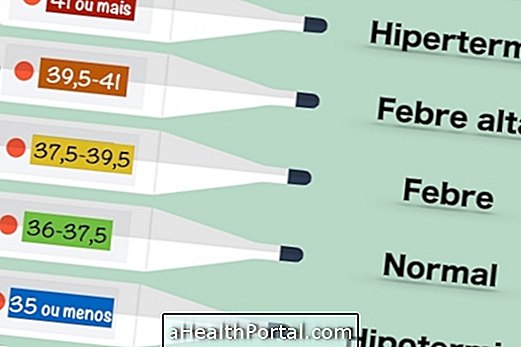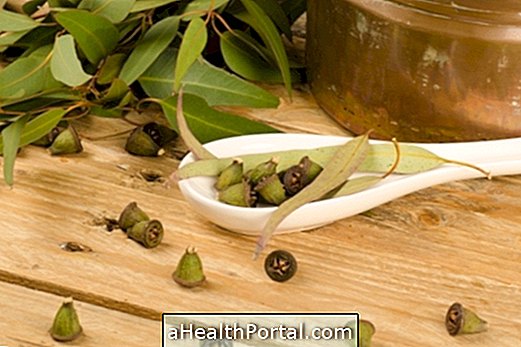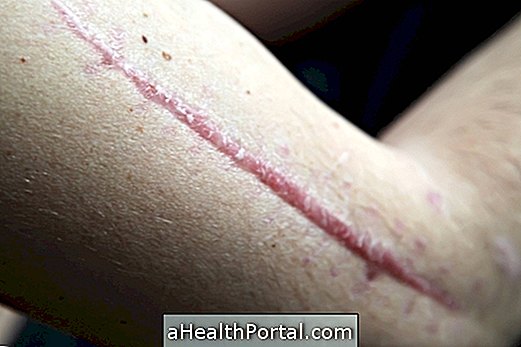Treatment for scarlet fever, which is more common in children and adolescents up to age 15, although it may also occur in adults, is usually done with antibiotics prescribed by the pediatrician or physician, such as Penicillin, Amoxicillin or Azithromycin, for example in the form of tablet or injection for about 7 to 10 days.
Typically, 2 days after the start of antibiotic treatment, the symptoms of scarlet fever such as high fever, sore throat and red spots that scratch the entire body begin to disappear, however, antibiotics should be taken by the date indicated by the doctor.
As soon as the symptoms of scarlet fever appear, it is recommended that the child stay at home at rest because scarlet fever is contagious and is transmitted through the inhalation of cough drops or sneezes from the infected patient. However, 24 hours after the start of treatment and under the indication of the pediatrician, the child can return to school and normal activities.
Scarlet fever causes a lot of sore throat and fever, so it is recommended that parents provide a liquid or pasty food, so as not to further damage the throat region and the child can swallow and eat, to recover faster. Learn what to do for the child to eat better at: What to eat on Scarlet Fever.
Home Treatment for Scarlet Fever
The home treatment for scarlet fever involves giving a warm bath a day with a moisturizing liquid soap in small amount and without sponge to the child or take a bath with baking soda to help relieve the itching.
See another natural treatment for scarlet fever in: Home remedy for scarlet fever.
Homeopathic treatment for scarlet fever
The homeopathic treatment for scarlet fever can be done with the Homeopathic Complex of Almeida Prado nº 41, according to the doctor's or homeopath's guidance.
Complications of scarlet fever
Complications of scarlet fever may occur during illness or weeks after curing the disease if the disease is not treated properly with the ingestion of antibiotic medications.
During the disease, the complications may be otitis, sinusitis, laryngitis, among other infections. After curing the disease the complications may be rheumatic fever, which is damage to the valves of the heart and kidney damage that can progress to kidney failure.
Signs of improvement
Signs of improvement in scarlet fever include decreased red spots on the skin, increased appetite, decreased sore throats, and fever.
Signs of worsening
Signs of worsening of scarlet fever occur when treatment is not done or is discontinued and include increased fever, increased sore throat accompanied by pain in the ear or elsewhere in the body, as well as increased red spots in the skin.

